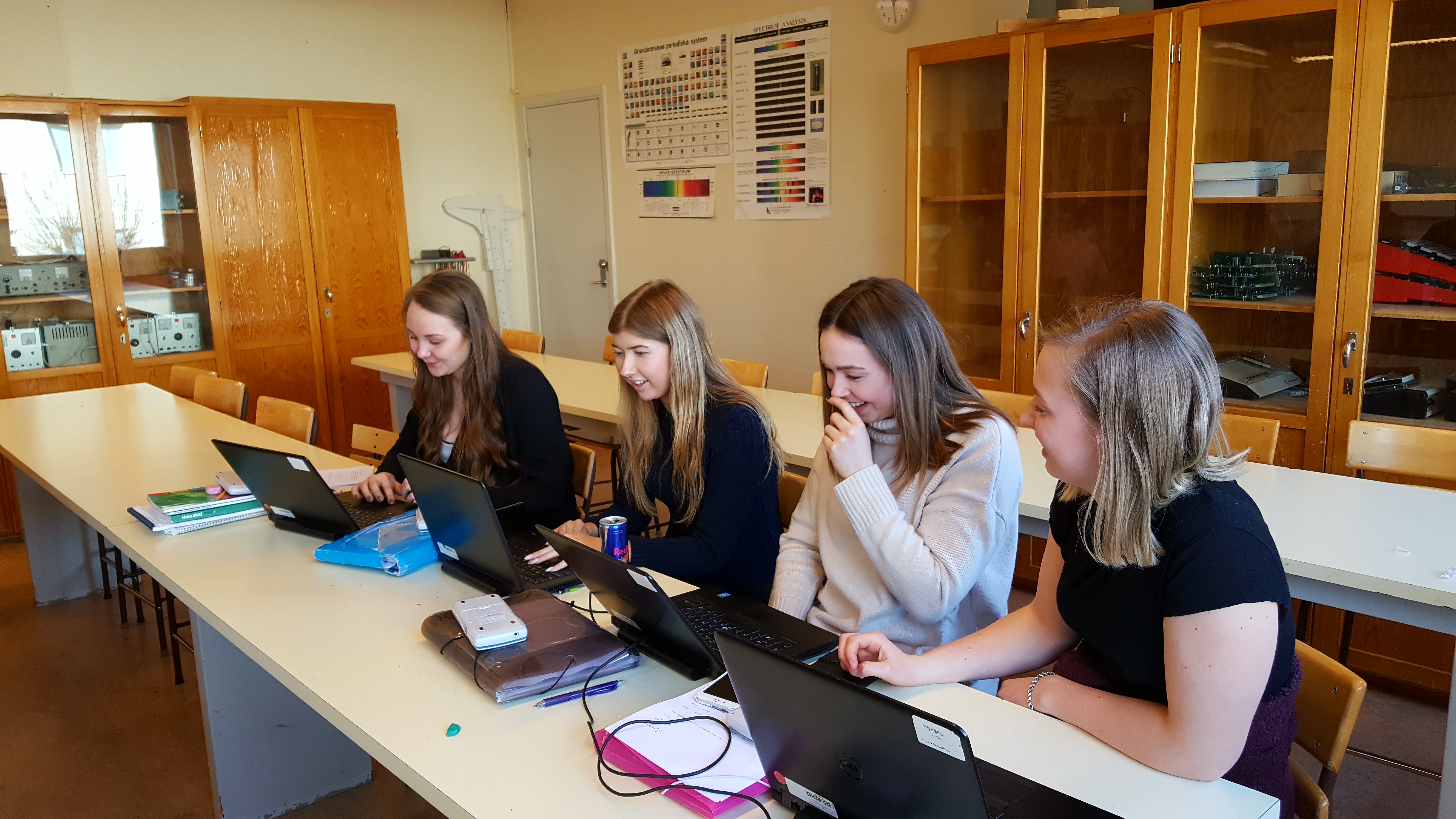
KHRONOS, ANANKE (by Hydros) (Orphic Fragments 54 & 57) OFFSPRING TITANES-GIGANTES PONTOS, TARTAROS (by Aither or Ouranos?) (Hyginus Preface) OURANOS, THE OUREA, PONTOS (without a mate) (Hesiod Theogony 126) AITHER & HEMERA (Hyginus Preface) OFFSPRING PROTOGENOI Emerged from HYDROS (Orphic Rhapsodies 66, Orphic Frag 54 & 57, Epicuras Frag) NONE (the second being to emerge at creation) (Hesiod Theogony 116) In mosaic art, she appears as a full-figured woman, reclining on the earth, often clothed in green, and sometimes accompanied by troops of Karpoi (Carpi, Fruits) and Horai (Horae, Seasons). In Greek vase painting Gaia was depicted as a buxom, matronly woman rising from the earth, inseparable from her native element. Earth supported the seas and mountains upon her breast. In the ancient Greek cosmology earth was conceived of as a flat disk encirced by the river Okeanos (Oceanus), and encompassed above by the solid dome of heaven and below by the great pit (or inverse dome) of Tartaros.

She birthed a tribe of Gigantes (Giants) and later the monster Typhoeus to overthrow him, but both failed in their attempts. Finally she came into conflict with Zeus for she was angered by his binding of her Titan-sons in Tartaros.

Later when her son Kronos (Cronus) defied her by imprisoning these same sons, she sided with Zeus in his rebellion.

First she rebelled against her husband Ouranos (Sky) who had imprisoned several of her giant-sons within her womb. Gaia was the chief antagonist of the heavenly gods. Gaia was the great mother of all creation-the heavenly gods were descended from her through her union with Ouranos (Uranus) (Sky), the sea-gods from her union with Pontos (Sea), the Gigantes (Giants) from her mating with Tartaros (the Pit), and mortal creatures born directly from her earthy flesh. She was one of the primoridal elemental deities ( protogenoi) born at the dawn of creation. GAIA (Gaea) was the goddess of the earth. Earth Gaea the Earth, Athenian red-figure calyx krater C5th B.C., Virginia Museum of Fine Arts


 0 kommentar(er)
0 kommentar(er)
